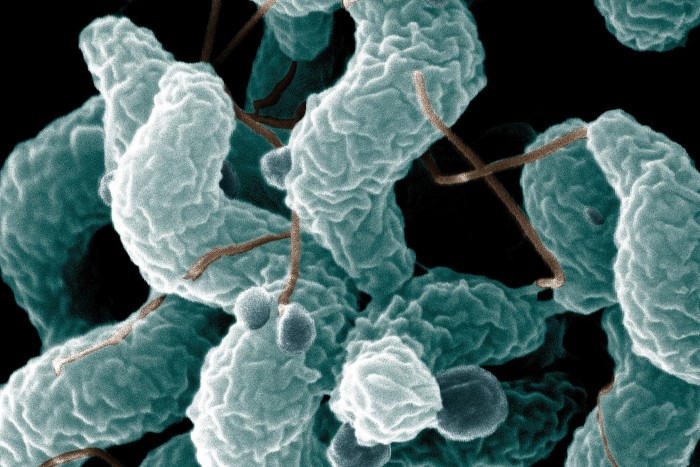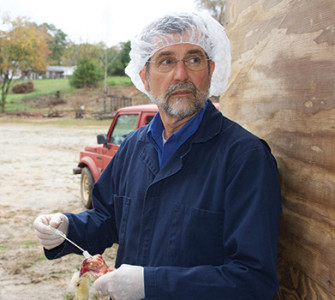CDC: Widespread use of antibiotics in hospitals is leading cause of resistance
The most important cause of antibiotic-resistant infections in people can be attributed to widespread antibiotic use in hospitals, according to the Centers for Disease Control and Prevention (CDC).
In its widely publicized report “Antibiotic Resistance Threats in the United States, 2013,” CDC says that up to 50% of all antibiotics prescribed for people are unneeded or are not optimally effective as prescribed.1 It provides recommendations for reducing resistant infections and urges healthcare providers to more wisely prescribe antibiotics.
Antibiotic use in agriculture is also addressed throughout the report, where CDC says it supports the FDA’s plan to issue guidance aimed at curbing the use of antibiotics in food animals. It states that the use of antibiotics for promoting growth in food animals is “not necessary” and should be phased out.
Unlike the FDA guidelines, the CDC report does not specify that the phase-out of growth-promoters should apply only to antibiotics that are important to human health. However, when Poultry Health Today inquired about the discrepancy, the CDC public affairs office responded that the “CDC’s position is exactly the same as FDA’s” — that performance claims should apply only to medically important antibiotics.
In its report, CDC also, for the first time, ranks the threat that various bacterial pathogens pose as urgent, serious or concerning. Urgent means that a bacterium is an immediate public health threat requiring aggressive action.
Topping the urgent list is Clostridium difficile, which can cause life-threatening diarrhea in people. CDC attributes most of these infections to both recent medical care and antibiotic treatment.
Food animals are mentioned on the list for two pathogens CDC ranks as a “serious” threat. One is drug-resistant Campylobacter and the other is drug-resistant non-typhoidal Salmonella. It says that both can spread from animals to people through food. Among measures to curb the problem, CDC advises avoiding inappropriate antibiotic use in food animals, stopping the spread of these pathogens on farms and educating consumers and food workers about safe food handling.
Using conservative estimates, CDC says approximately 2 million illnesses in people resulting in 23,000 deaths occur annually due to antibiotic-resistant infections. For the full report, click here.
Posted on January 24, 2014

















